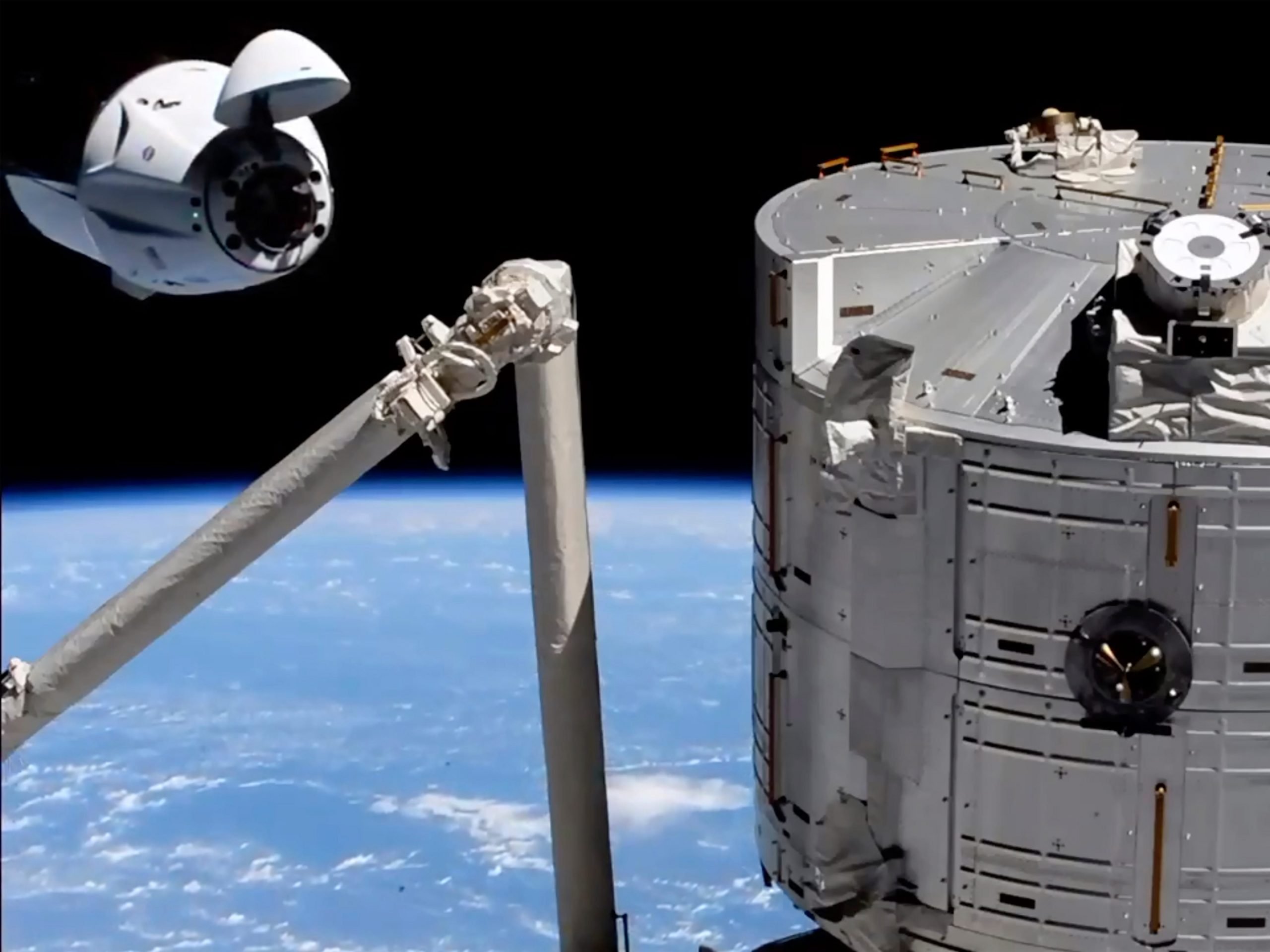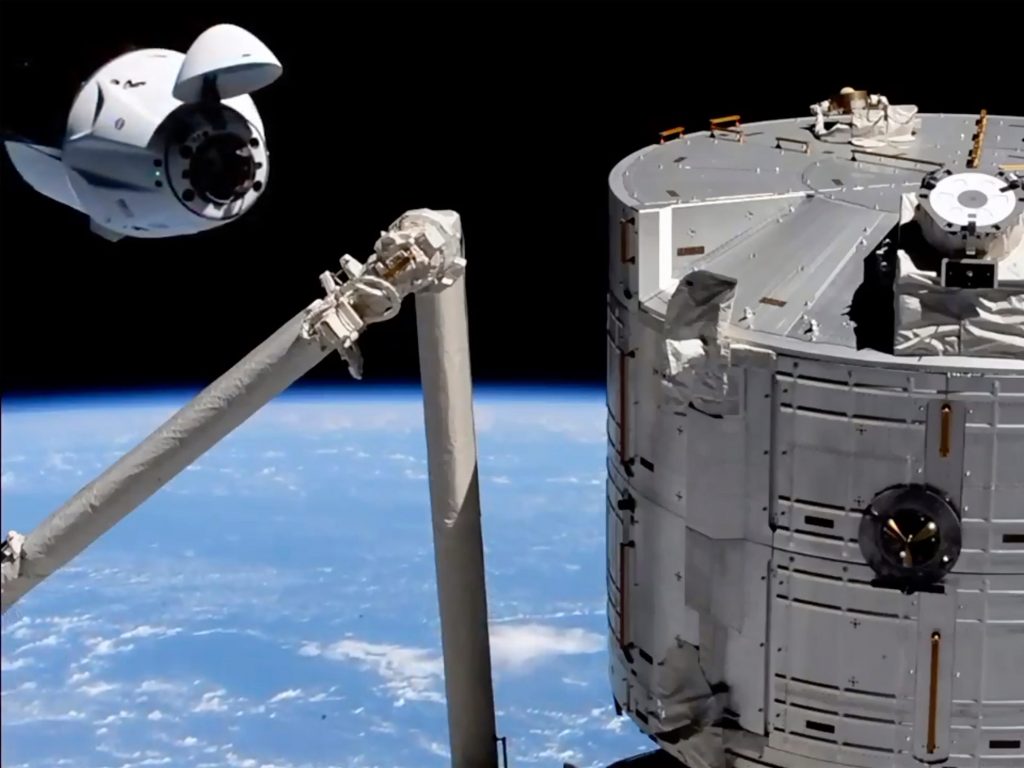
NASA/via AP
- A SpaceX shipment blasted off to the International Space Station carrying 4,800 pounds of supplies.
- This payload includes fresh food like avocados and ice cream for the astronauts.
- Ants, brine shrimp, and plants are also being sent up to the space station for use in experiments.
- Visit Insider's homepage for more stories.
Elon Musk's SpaceX has launched another shipment to the stars, blasting off to the International Space Station on Sunday with a 4,800-pound payload.
The shipment is being carried on a capsule called the Dragon and contains a variety of items, including avocados, ice cream, ants, and a robotic arm. This is SpaceX's 23rd supply launch for NASA, per the AP.
The avocados and other food supplies are part of a shipment of fresh food for the seven astronauts stationed at the International Space Station.
The ISS is a research facility where astronauts carry out a wide gamut of experiments ranging from maintaining life support systems to learning how to grow food in space.
Mark Vande Hei, Megan McArthur and Shane Kimbrough from the US, Oleg Novitskiy and Pyotr Dubrov from Russia, Akihiko Hoshide from Japan, and Thomas Pesquet from France are all currently stationed at the ISS.
Vande Hei, Novitskiy, and Dubrov have been in space for 143 days, while McArthur, Kimbrough, Pesquet, and Hoshide have been there for 129 days.
Many of the materials transported by Space X will are to be used in space-based research. For one, ants, brine shrimp, and seedlings are being sent up in the SpaceX capsule by the Girl Scouts for use in experiments at the space station.
One of these experiments will look at how tomatoes and other plants grow and function in a weightless environment, while the ants will be used to study the tunneling behavior of insects in space. Brine shrimp - also called sea monkeys - will be studied to see if a colony of crustaceans can eventually be grown in space to provide fresh protein for astronauts.
Also on board the SpaceX Dragon capsule is a robotic arm from Japanese start-up Gitai, Inc. Astronauts will attempt to use the robotic arm for repairs and menial tasks, per Japanese news outlet Mainichi Shimbun. Gitai's chief technology officer Toyotaka Kozuki told the Mainichi Shimbun that future models of the company's robotic arm might be able to move into space independently to repair satellites, build lunar bases, and mine resources from the moon's surface.
The rocket launch to beam the Dragon capsule up was initially supposed to take place on August 28 but was delayed because of stormy weather near the launch site. It eventually took off at 3.14 a.m. on Sunday from a launch complex at the Kennedy Space Center in Florida.
The Dragon capsule is set to dock at the space station on Monday, August 30.
